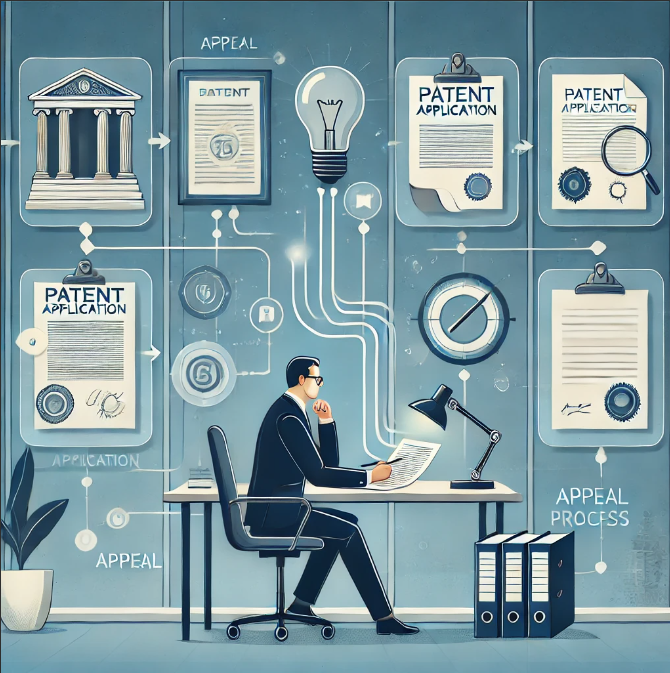
The patent appeal process is a crucial step for inventors and companies seeking to protect their intellectual property after an initial rejection. In Brazil, the Instituto Nacional da Propriedade Industrial (INPI) has established a clear and structured approach to handle such appeals, ensuring that each case is evaluated thoroughly and fairly. This article explores the technical examination process for patent appeals as outlined in the recent INPI procedural guidelines.
The appeal process at INPI is designed to provide applicants with a second chance to secure patent protection for their inventions, utility models, or certificates of addition. When an initial patent application is rejected, applicants can file an appeal, which triggers a secondary review process. This review is conducted by experienced patent examiners who follow a set of standardized procedures to ensure consistency and fairness.
The primary objective of the technical examination in the appeal process is to reassess the rejected application with fresh insights and to ensure that all relevant arguments and evidence are thoroughly considered. The process aims to identify and rectify any errors that may have occurred during the initial examination, while also providing a detailed rationale for either upholding or overturning the rejection.
The first step involves a comprehensive review of the appeal petition. Examiners are required to consider all arguments presented by the applicant, as well as any additional petitions that may have been filed. The focus at this stage is on identifying whether any procedural errors or omissions occurred during the initial examination that could have influenced the outcome.
The examination process is divided into two key components: formal and substantive review. The formal review checks for any procedural violations that may have unfairly impacted the rejection decision. If such errors are found, the case may be sent back to the first instance for further examination. The substantive review, on the other hand, evaluates the technical merits of the application, specifically examining whether the reasons for rejection are still valid in light of the appellant’s arguments.
Based on the findings from the formal and substantive reviews, the patent examiner will make a decision. There are several possible outcomes:
The final step in the appeal process involves the preparation of a detailed technical report. This report outlines the examiner’s findings, the rationale behind their decision, and any recommendations for further action. INPI has developed standardized templates for these reports to ensure consistency and clarity in the appeal process.
The appeal process is a vital component of the patent examination system, providing applicants with an opportunity to correct potential oversights and strengthen their cases. By following the structured guidelines established by INPI, patent examiners ensure that every appeal is given the attention it deserves, ultimately contributing to a more robust and fair intellectual property protection system in Brazil.
For inventors and companies, understanding this process and the factors that influence the outcome of an appeal can make the difference between securing patent protection and facing a final rejection. As such, it is essential to approach the appeal process with a clear strategy, backed by solid arguments and thorough documentation.
You can access the document here: 2024cgrec_no_4.pdf (www.gov.br)